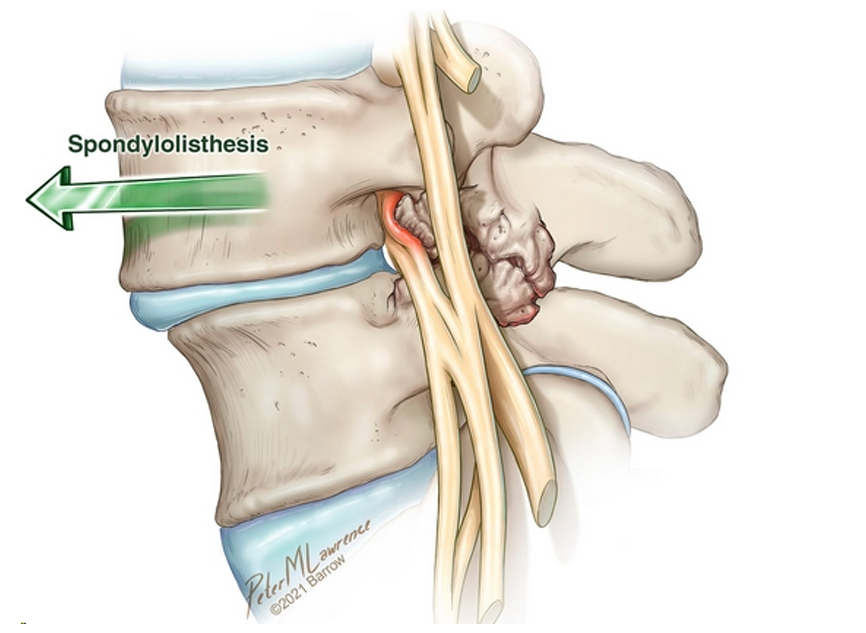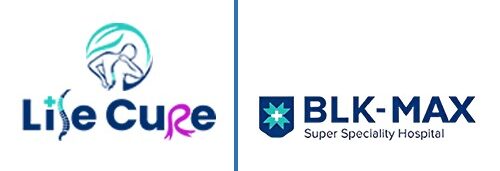Spondylolisthesis
Service > Spondylolisthesis

Spondylolisthesis
Spondylolisthesis is a spinal condition that causes lower back pain. It occurs when one of your vertebrae, the bones of your spine, slips out of place onto the vertebra below it. Most of the time, nonsurgical treatment can relieve your symptoms. If you have severe spondylolisthesis, surgery is successful in most cases.
🔷 Spondylolisthesis – Background
Spondylolisthesis is a spinal condition in which one of the vertebrae (bones in the spine) slips out of its proper position and moves forward over the vertebra below it. This displacement can lead to back pain, nerve compression, and in severe cases, impaired movement or neurological issues.
📌 Common Causes:
Degenerative changes due to aging (degenerative spondylolisthesis)
Stress fractures (common in athletes, especially gymnasts or weightlifters)
Congenital defects in the spine
Trauma or injury
Spinal surgery or structural instability
📌 Typical Symptoms:
Lower back pain, especially when standing or walking
Stiffness in the back and legs
Pain that radiates to the buttocks or thighs
Muscle tightness or spasms
Numbness, tingling, or weakness in the legs (if nerves are compressed)
In advanced cases, difficulty walking or maintaining posture
📌 Why Early Treatment Is Essential:
If left untreated, spondylolisthesis can worsen over time and lead to chronic pain or permanent nerve damage. Early diagnosis and proper management can significantly reduce symptoms and help maintain spinal stability and mobility.
📌 Available Services May Include:
Detailed evaluation by spine or orthopedic specialists
Diagnostic imaging (X-ray, MRI, CT scan)
Physical therapy and back-strengthening exercises
Pain management (medications, injections)
Bracing to support spinal alignment
Surgical intervention in moderate to severe cases (e.g., spinal fusion)
Post-surgical rehabilitation for long-term recovery

